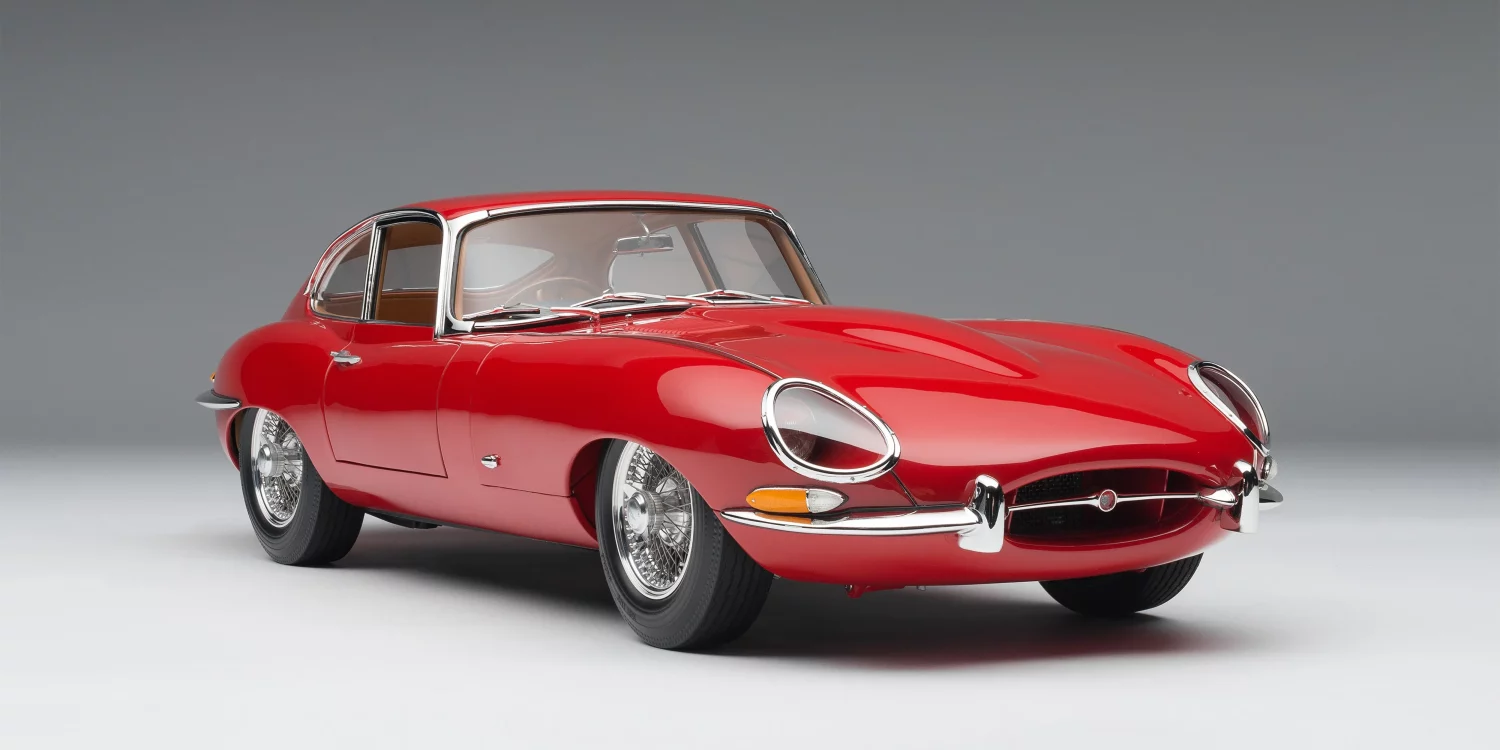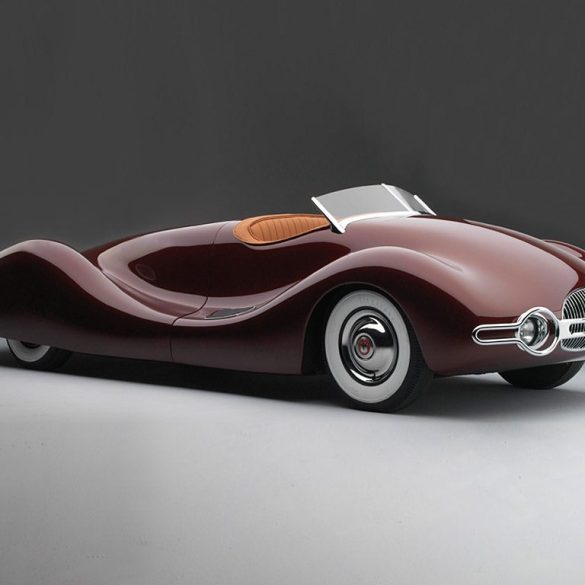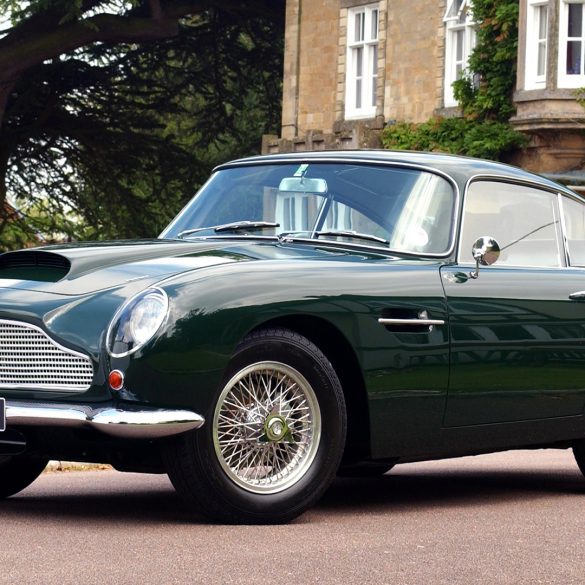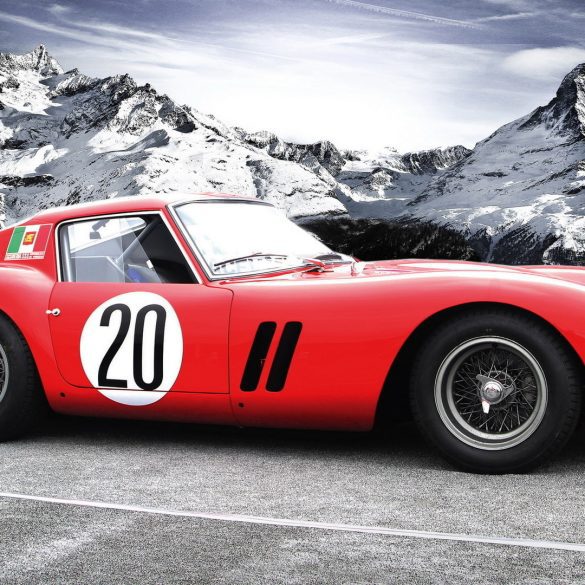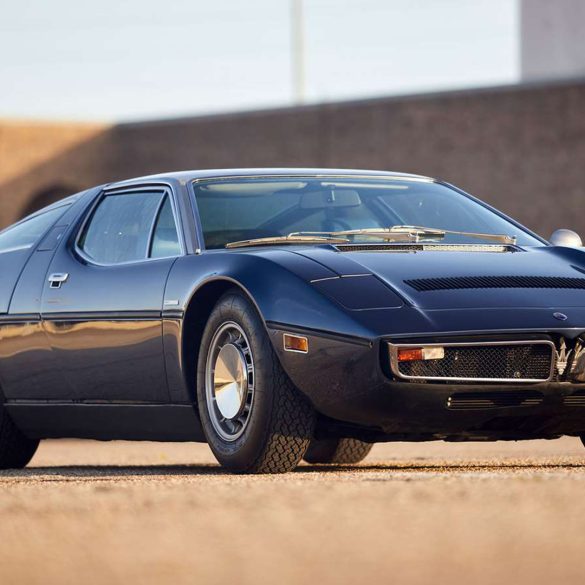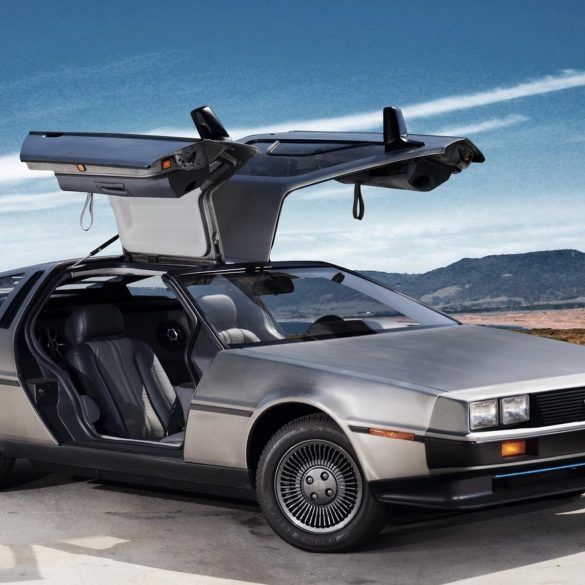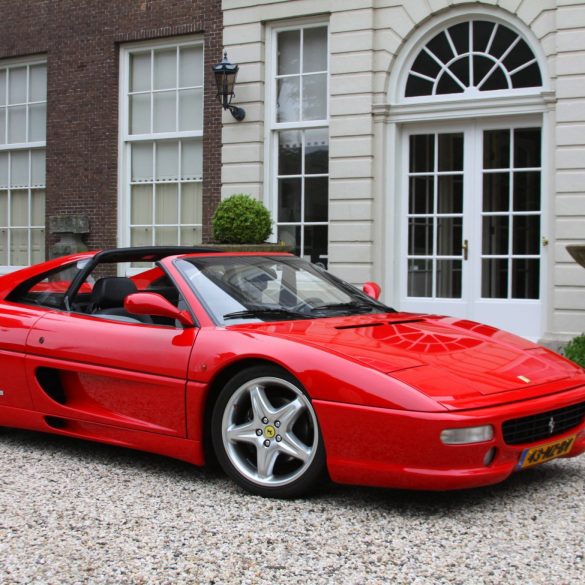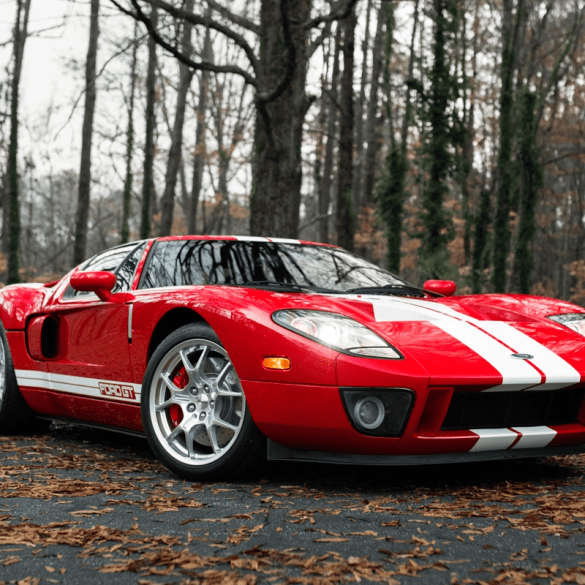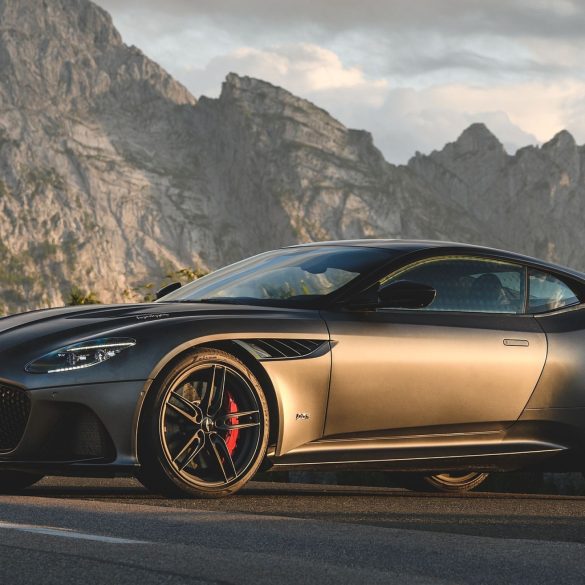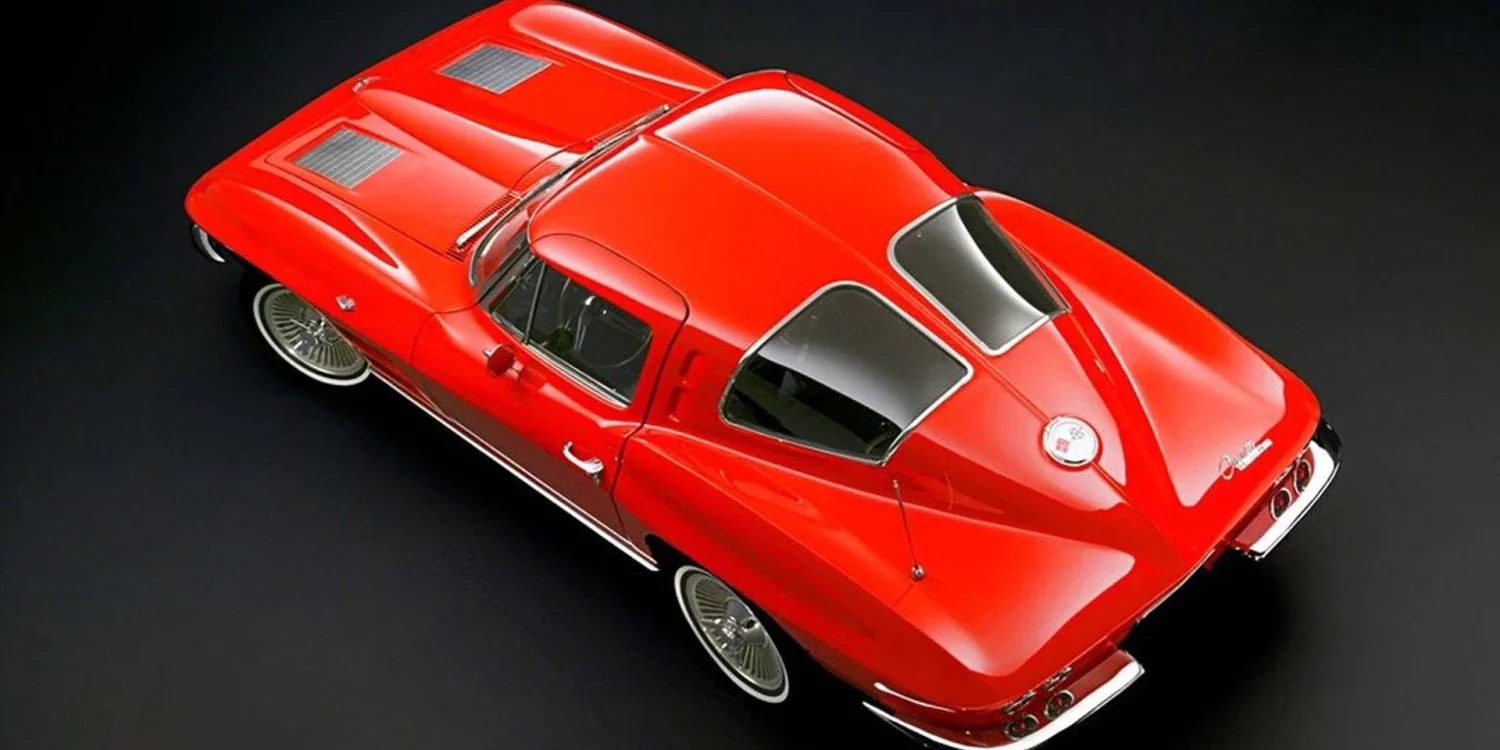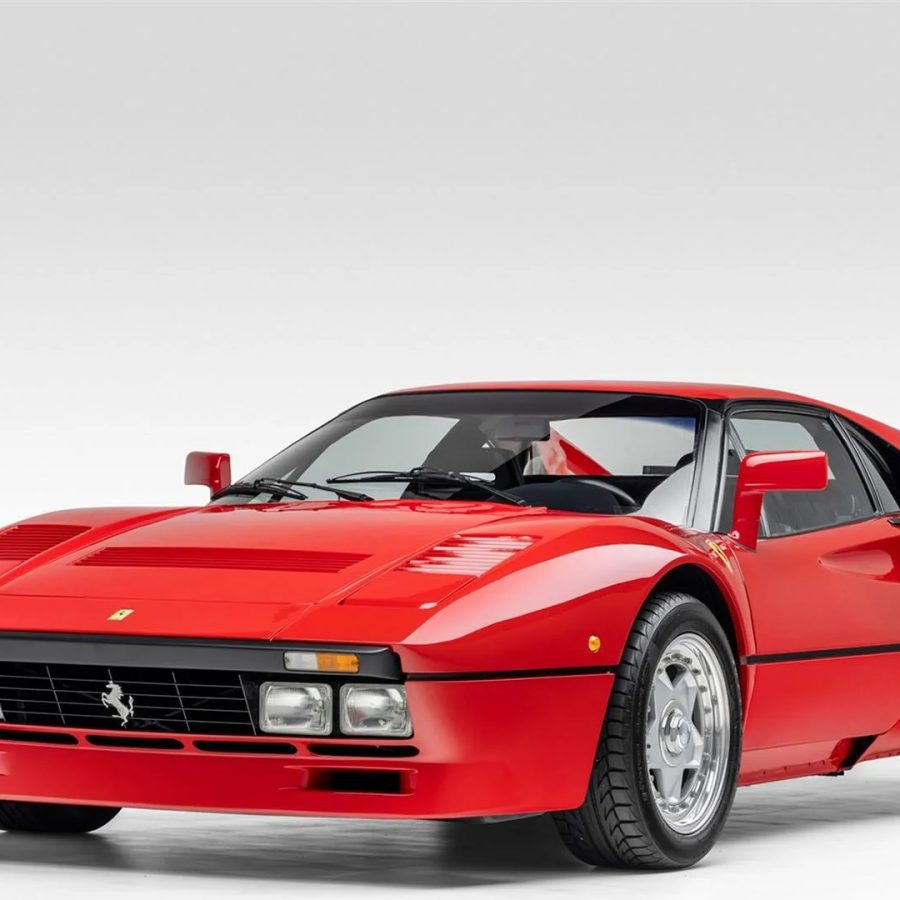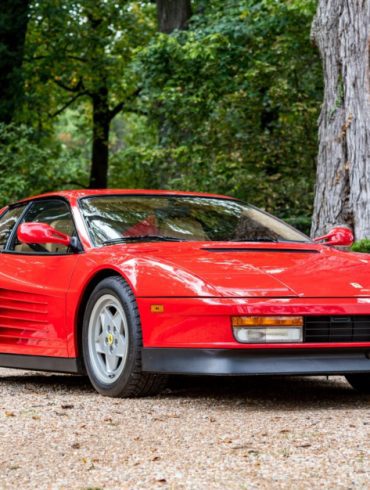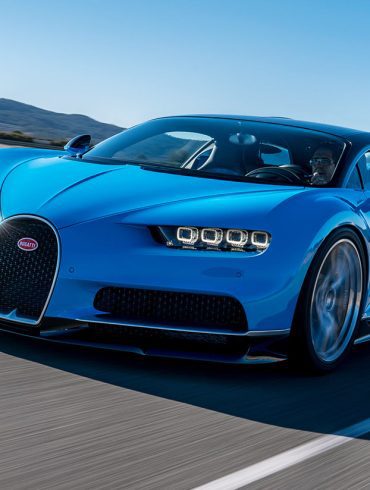Beautiful Cars
Prepare to be captivated by automotive artistry! This page is your gateway to a curated collection of the most beautiful cars ever created, categorized for your viewing pleasure. Dive into dedicated lists showcasing the pinnacle of design from renowned marques like Ferrari, Lamborghini, and Jaguar. Journey through time with decade-specific rankings, exploring the evolving aesthetics of each era. And finally, encounter the ultimate list – a definitive compilation of the most breathtaking automobiles of all time, those that transcend mere transportation to become true works of art. Let your eyes feast on these rolling masterpieces, where engineering meets aesthetic brilliance.
Most Beautiful Ever / Most Beautiful By Decade / Most Beautiful By Brand / Most Beautiful New Cars
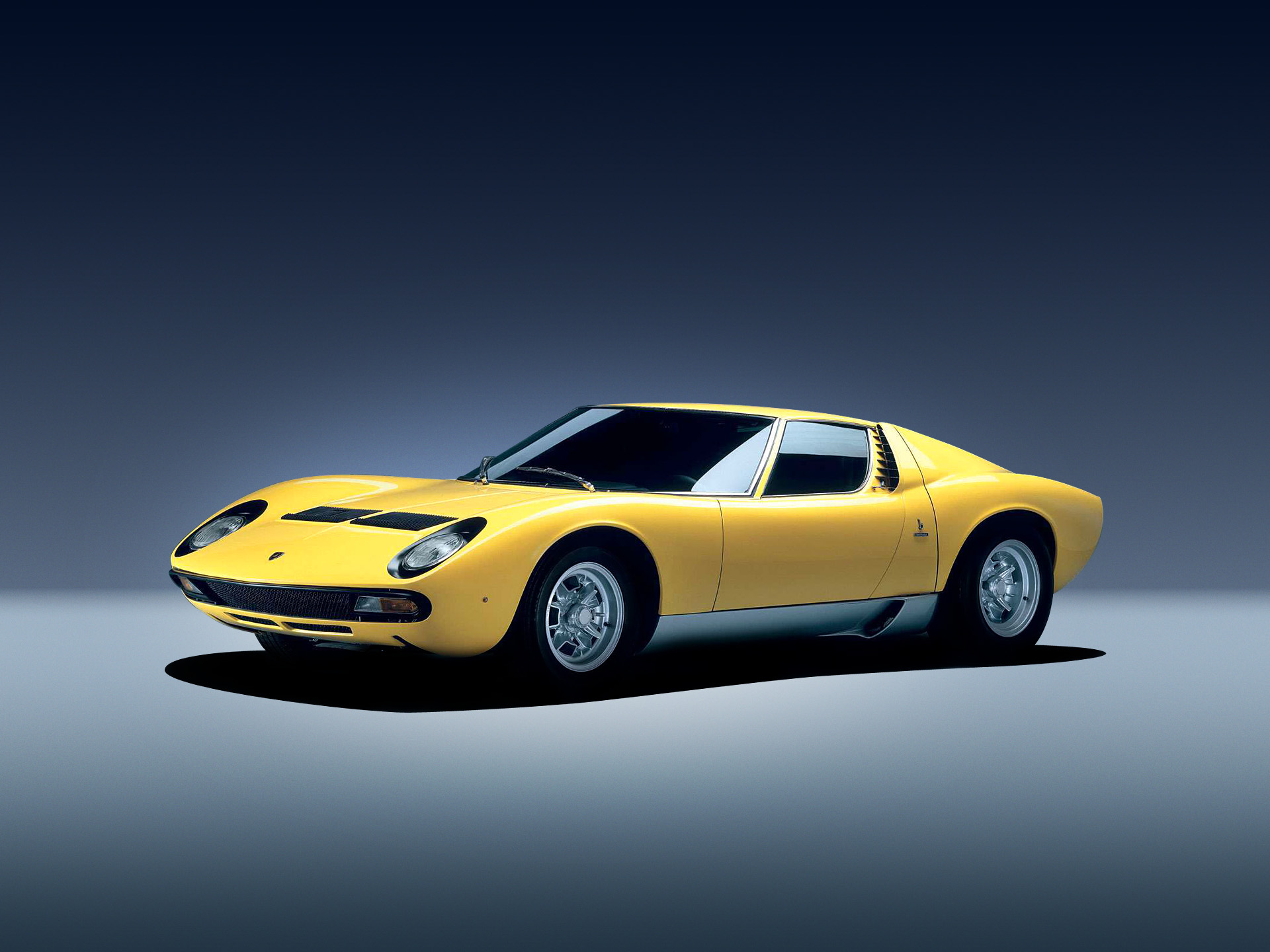
When Machines Became Art: The Story of the World's Most Beautiful Cars
There is something magical about a beautiful car. It can stop people in their tracks, spark admiration in the eyes of those who see it, and stir something deep within—a sense of awe, of longing. It’s the feeling that transcends the mere function of a machine, transforming it into art on wheels. But how did cars, initially born out of practicality, become icons of elegance and beauty? The answer lies in the relentless pursuit of perfection by designers who dreamed of making something more than just a mode of transportation.
The story of beautiful cars begins in the early 20th century, when manufacturers started realizing that cars didn’t just have to get you from one place to another—they could be desirable, aspirational objects. As engineering advanced and gave designers more freedom, they began shaping metal into flowing forms that delighted the eye. Soon, cars became statements of style and identity, not just utility.
In the 1930s, elegance on four wheels was epitomized by luxury brands like Bugatti and Delahaye. The Bugatti Type 57SC Atlantic, with its swooping lines and riveted bodywork, was not just a car but a sculpture in motion. It whispered of wealth, power, and exclusivity. People didn’t just drive the Atlantic—they wore it, like a finely tailored suit. Around the same time, Delahaye created stunning designs that looked more like rolling pieces of fine jewelry than mere automobiles. For the wealthy elite, owning such a car was the ultimate status symbol. World War II halted this early wave of automotive artistry, but in the post-war era, beauty made a triumphant return. By the 1950s and 60s, a new breed of cars emerged—sleek, fast, and impossibly elegant.
Perhaps no car better encapsulates the beauty of the mid-20th century than the Jaguar E-Type. Unveiled in 1961, it was immediately hailed as one of the most beautiful cars ever made. Its impossibly long hood, low-slung profile, and graceful curves captured the spirit of a new era—one where style and speed went hand in hand. Enzo Ferrari himself famously declared it to be “the most beautiful car ever made.” Driving an E-Type wasn’t just about getting from point A to point B; it was about making an entrance, about turning heads wherever you went.
Around the same time, another masterpiece was born: the Mercedes-Benz 300SL Gullwing. With its dramatic upward-opening doors and aerodynamic design, the Gullwing looked like something out of a science fiction film. Beneath its beauty lay serious engineering, but it was the combination of form and function that made it unforgettable. To this day, seeing a 300SL with its doors wide open feels like spotting a rare bird spreading its wings.
Italy, too, was enjoying its moment in the sun. Ferrari, Maserati, and Alfa Romeo were creating cars that weren’t just fast but breathtakingly beautiful. The Ferrari 250 GTO, with its perfect proportions and racing pedigree, became the ultimate dream car. Meanwhile, Alfa Romeo stunned the world with the 33 Stradale, a car so exquisitely crafted that many consider it the most beautiful car ever built.
But what made these cars so beautiful? It wasn’t just about their looks—it was about the way they made people feel. Designers like Franco Scaglione and Sergio Pininfarina didn’t just shape metal; they crafted dreams. The right curve, the perfect line, the subtle taper of a rear fender—every detail mattered, because beauty is in the details. Cars like the Aston Martin DB5, which became an instant cultural icon after starring in James Bond films, didn’t just look good; they carried an air of sophistication, of adventure. The DB5 wasn’t just a car—it was a passport to a more exciting world, where style and danger danced together. Even humble sports cars, like the Porsche 356, had their own special charm. With its rounded shape and minimalist design, the 356 was simple yet perfect. It didn’t need to shout to be noticed—it was quietly beautiful, like a well-made Swiss watch.
In today’s world, where aerodynamics and safety regulations dictate much of a car’s shape, creating something truly beautiful is more challenging than ever. Yet, some modern cars manage to rise above the mundane and capture the magic of those earlier masterpieces. Take the Pagani Huayra, for instance. Every detail of the Huayra is crafted with obsessive precision, from its flowing carbon-fiber bodywork to the intricate titanium exhaust system that looks more like fine jewelry than car parts. The Huayra isn’t just a car—it’s a testament to what happens when passion meets craftsmanship.
Then there’s the Ferrari LaFerrari, a hypercar that blends futuristic design with classic Ferrari cues. Its aggressive stance and sculpted lines are undeniably modern, yet they evoke the same kind of awe that the 250 GTO inspired decades ago. Aston Martin, too, continues its legacy of beauty with models like the Valkyrie, which looks more like a spaceship than a car. It’s a reminder that beauty isn’t always about softness—sometimes, it’s about pushing boundaries and creating something that looks like it belongs in another world.
Why do beautiful cars captivate us so much? Perhaps it’s because they represent more than just transportation. They represent human ingenuity, creativity, and the desire to create something lasting. A beautiful car isn’t just a product—it’s a piece of history, a rolling work of art that tells a story. Owning or even just seeing one of these cars is a reminder of what’s possible when form and function come together in perfect harmony. It’s a reminder that machines can be more than cold, lifeless tools—they can be objects of beauty that ignite our passions and stir our souls. So the next time you see a Jaguar E-Type cruising down a quiet road, or catch a glimpse of a Ferrari 250 GTO gleaming in the sunlight, take a moment to appreciate it. That car isn’t just metal and rubber—it’s a dream made real, a timeless expression of beauty in motion. And that, perhaps, is the greatest magic of all.


